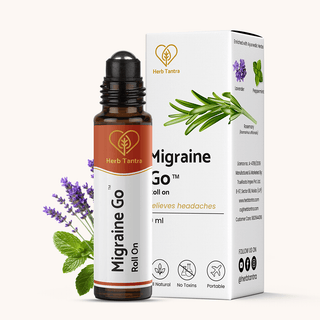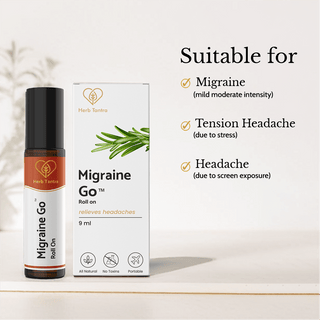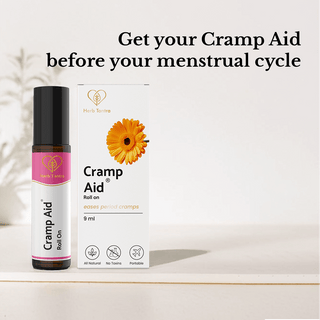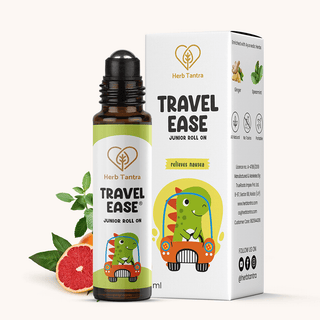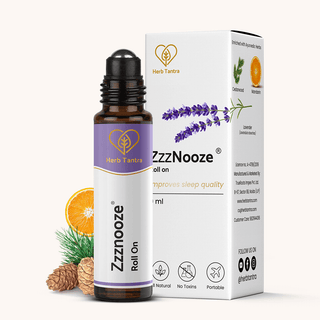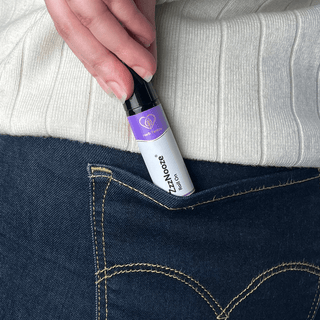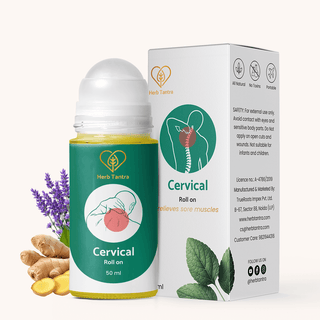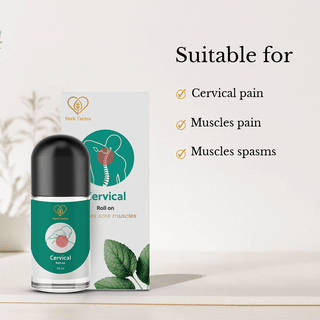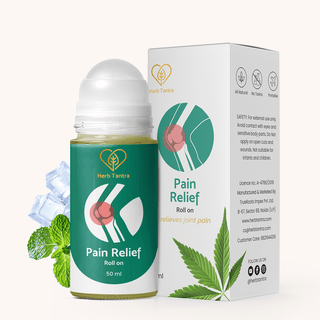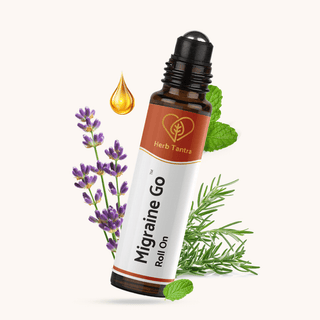Migraines can feel unpredictable—one day you’re fine, and the next you’re sidelined by throbbing pain, nausea, or sensitivity to light and sound. But while migraines often seem sudden, they usually don’t come out of nowhere. Patterns and triggers play a huge role, and learning to recognize them can help you manage or even prevent attacks.
The truth is, migraine triggers are highly personal, yet some are more common than others. Stress, poor sleep, certain foods, and even weather changes frequently top the list. By identifying these triggers and having simple natural remedies on hand, you can reduce both the frequency and intensity of your headaches.
Here’s a closer look at the most common migraine triggers, along with calming ways to handle them.
1. Stress and Emotional Triggers
Stress is one of the leading migraine triggers. When you’re under pressure, your body releases chemicals that can cause changes in the brain, tightening blood vessels and sparking pain. Even the “let-down” phase—when stress levels suddenly drop—can trigger headaches.
What you can do -
- Build stress-management habits like yoga, meditation, or deep breathing.
- Schedule short breaks during the day to stretch or walk.
- Create an evening ritual that signals your body to relax.
On tough days, natural aids can help. A quick swipe of the Migraine Go Roll On (with lavender, peppermint, and rosemary) across the temples brings cooling comfort and helps ease that heavy head feeling. For stronger attacks, the Migraine Go X Roll On offers a slightly more powerful blend with chamomile, eucalyptus, and wintergreen.
2. Lack of Quality Sleep
Too little—or too much—sleep can disrupt your body’s natural rhythm and lead to migraine attacks. Poor sleep quality also makes the brain more sensitive to pain signals, making headaches harder to shake off.
What you can do -
- Aim for a consistent sleep schedule. Go to bed and wake up at the same time every day.
- Reduce screen exposure at least an hour before bedtime.
- Keep your bedroom cool, dark, and quiet.
If migraines keep you up at night, gentle relief can make all the difference. The Migraine Go Cap provides 180-degree hot or cold compression while blocking out light—perfect for unwinding before sleep or resting through a nighttime attack.
3. Food-Related Triggers
Certain foods and drinks are notorious for triggering migraines. While every person reacts differently, some common culprits include -
- Aged cheeses (rich in tyramine)
- Chocolate
- Processed or cured meats (with nitrates)
- Excess caffeine or sudden caffeine withdrawal
- Artificial sweeteners like aspartame
- Alcohol, especially red wine
What you can do -
- Keep a food diary to track what you eat and how your head feels afterward.
- Don’t skip meals—low blood sugar is another strong migraine trigger.
- Stay hydrated throughout the day; even mild dehydration can spark pain.
If a headache creeps in despite precautions, applying the Migraine Go Roll On at the first sign of discomfort can help stop it from worsening. Its soothing herbal oils work quickly and can be reapplied throughout the day.
4. Environmental Triggers
Bright lights, strong smells, sudden weather shifts, and even changes in air pressure can trigger migraine attacks. For some, spending long hours in noisy, crowded, or polluted spaces can make symptoms worse.
What you can do -
- Wear sunglasses outdoors or use blue-light filters on digital devices.
- Avoid strong perfumes, chemical cleaners, or smoke whenever possible.
- Keep your indoor environment calm with soft lighting and clean air.
On overwhelming days, the Migraine Go Cap doubles as a shield, blocking out light while giving instant cooling or warming relief. Combined with a roll-on, it creates a comforting environment to ease migraine pain naturally.
5. Hormonal Fluctuations
For many women, hormonal shifts during menstruation, pregnancy, or menopause can act as powerful migraine triggers. Drops in estrogen are especially linked to the onset of attacks.
What you can do -
- Track your cycle to anticipate when migraines may appear.
- Support your body with regular meals, hydration, and gentle relaxation techniques.
- Prioritize rest during vulnerable days.
Having a natural migraine aid at hand—like the Migraine Go X Roll On—can help manage those cyclical headaches without reaching for painkillers too often.
Key Takeaways
- Stress, poor sleep, and certain foods are the most common migraine triggers.
- Keeping consistent daily habits, including meals and sleep, lowers your risk.
- Environmental and hormonal shifts also play a big role in triggering attacks.
- Natural remedies like herbal roll-ons and hot/cold compression caps provide safe, drug-free relief when pain strikes.
Frequently Asked Questions
1. What foods commonly trigger migraines?
Foods high in tyramine (like aged cheese), nitrates (processed meats), alcohol, chocolate, and artificial sweeteners can trigger migraine headaches.
2. Can stress alone cause a migraine?
Yes, stress is one of the biggest migraine triggers. Both the build-up of stress and the “let-down” period after stress can spark attacks.
3. How does lack of sleep affect migraines?
Poor sleep disrupts brain chemistry, makes you more sensitive to pain, and can increase both the frequency and intensity of migraine attacks.
4. Are migraines triggered by weather changes?
Yes, shifts in barometric pressure, bright sunlight, humidity, or strong winds can all contribute to migraine episodes.
5. Can hydration prevent migraines?
Absolutely. Dehydration is a common trigger. Drinking enough water and avoiding excessive caffeine or alcohol helps reduce headache frequency.




